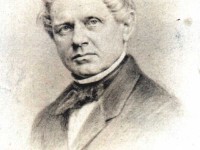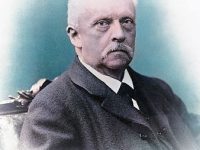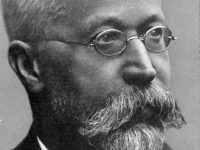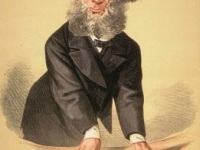Heinrich Gustav Magnus and the Magnus Effect
On May 2, 1802, German physicist Heinrich Gustav Magnus was born. He is best known for the Magnus effect (the lift force produced by a rotating cylinder, which for example, gives the curve to a curve ball). In chemical research, he discovered the first of the platino-ammonium compounds. Heinrich Gustav Magnus – Early Years Heinrich Gustav Magnus’ father, the wealthy cloth and silk merchant Immanuel Meyer Magnus was baptized in 1807 with his…
Read more





